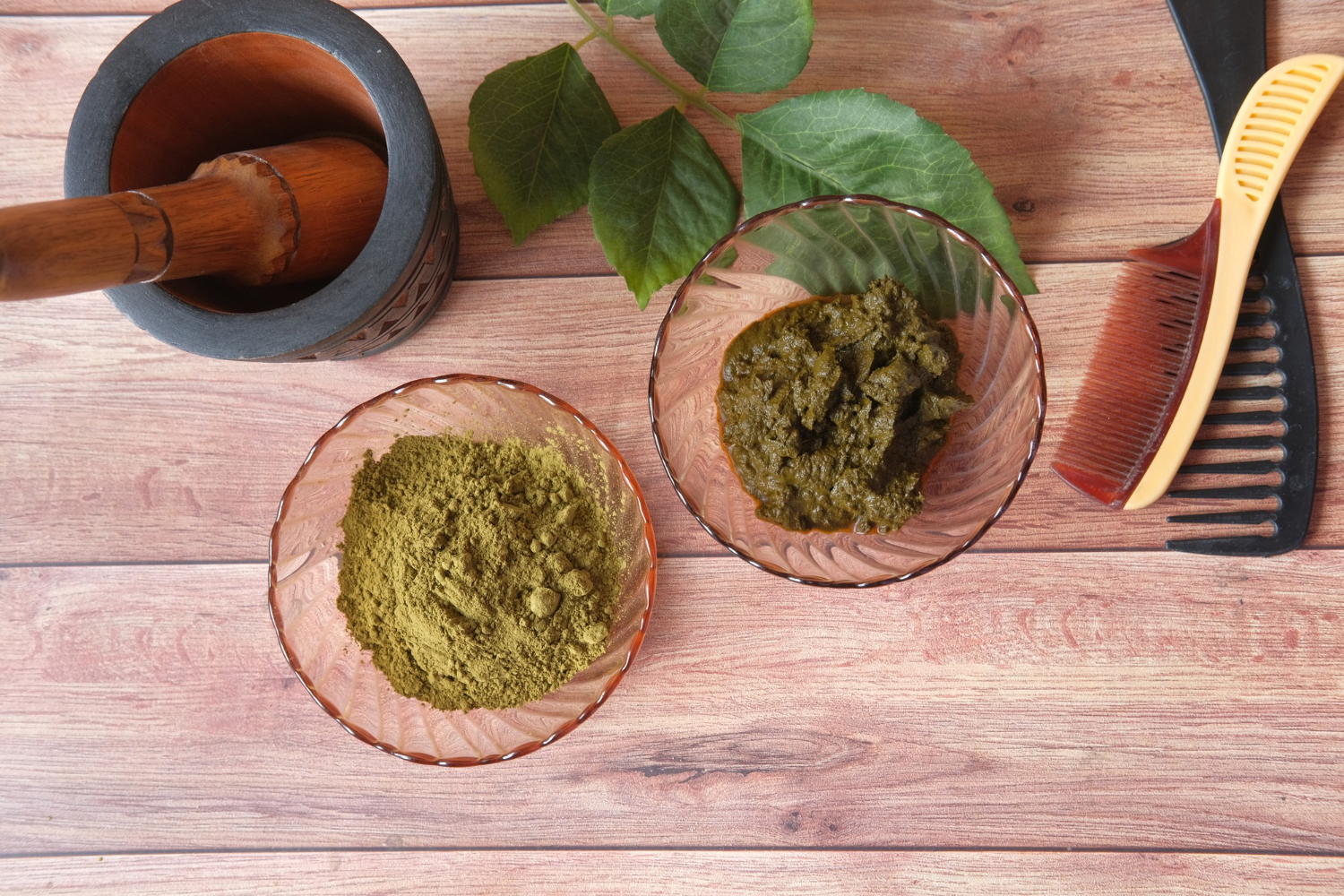Your hair is much more than just a part to enhance beauty. So you need to take care of the hair. But when it comes to choosing the right treatment, it’s a hassle. One treatment you shouldn’t skip is the protein treatment.
But you don’t want to spend much on the salons so you’re looking for alternatives. And some suggested henna to be the alternative.
Hence, you’re searching- is henna a protein treatment?
Both henna and protein treatment work almost similarly. But still, they have a lot of differences. Both of them strengthen hair. But one strengthens from the core where the other does it for the outer layer. So they can not be called alternatives.
But wait, do you know how to use henna without drying up your hair? If not then you should keep reading the article till the end.
Is Henna A Protein Treatment?-Yes/No
Well, no, henna is not a protein treatment. Many people use it instead of a protein treatment. But that’s not an alternative. Protein treatment is something more of a professional treatment.
Whereas, henna is just an ingredient that’s good for hair. Though it has strengthening properties that could be really useful for your hair.
Still, it can’t be said to be the alternative to a protein treatment. To know more about this, scroll to the next segment.
Can Henna Be Used Instead of A Protein Treatment?
We’ve mentioned that you can’t use henna instead of a protein treatment. Though they have some similarities in the results. But they’re not similar in terms of the following factors. So let’s have a look at this table first.
It’s more like a sneak peek at the whole topic. Let’s see how different both of them are.
| Treatments | Purpose | Effectiveness | Efficiency |
| Protein Treatment | To strengthen the inner layer of the hair and strands. | High | High |
| Henna | To strengthen the outer layer of the hair and strands. | Medium to high | High |
Let’s discuss these factors below.
Purpose
Hair particles have a bond that helps the hair to be strong and healthy. But protein treatment breaks the bond. And then helps in creating a new bond. So protein treatment works with the inner layer of the hair. Whereas henna works with the outer layer.
They help the hair strand to stay strong and unbreakable.
Availability
The protein treatment mostly is a chemical one. In that case, it’s found ready-made. And it has higher efficiency than the henna pack. So henna is less efficient compared to both of them.
Effectiveness
The effectiveness of protein treatment is high. Because that gives the fullest and thick look and feel to the hair. On the other hand, henna is a herbal ingredient. Many people use henna to solve hair problems.
Like it’s believed that henna reduces hair loss. So its effectiveness is medium to high. Whereas, protein treatment has the highest effectiveness.
What Does Henna Do to Your Hair?[Benefits]
Well, henna has tons of benefits if applied to your hair. The most common thing is that it strengthens the hair. Also, it adds a tint of brown in black hair that is your natural hair color.
Building up Hair Properties
Henna breaks down the hair particles. But then it builds up an even stronger bond for the hair. As it connects the hair particles the hair looks thick and healthy. The overall hair health improves.
Works with The Strengthening
Henna is nourishing to the hair. And it helps in repairing damage on the hair shaft. Then increases the elasticity of the hair. That strengthens the hair. So this eventually reduces hair breakage. Even the split ends can be reduced by the regular usage of henna.
Loosens up Curls
If you’re a girl with stiff curls, henna can be your best friend. Because henna is one of the ways to loosen up curls. The henna paste is sort of heavy to the hair. So it weighs down the hair. And the hair becomes looser.
It also improves root and scalp health. So after loosening up, new hair grows in a healthy pattern.
Improves Scalp Health
Henna also improves scalp health as we’ve mentioned before. But let’s tell you how. Henna has antibacterial and antifungal properties. So if you have scalp allergies or fungal problems, henna can help with that. But do consult with a doctor before using it on an allergic scalp.
But regular usage of hair will help your scalp stay away from fungal scalp diseases.
Works Well for Oily Hair
A common problem for a huge percentage of people is oily hair. They also tend to use a lot of products to deal with oily hair. But the easiest way to control oil production in hair is by applying henna.
Because henna controls hair growth and keeps it under control. As it works with follicle improvement, it wipes away moisture from hair. So if your hair is oily, henna is best for you.
Promotes Hair Growth
Henna is known to be used for decades for fast hair growth. It helps in growing new hair as it improves scalp health. Also, it helps in improving the growth of the current hair.
If you keep using the henna packs for 2-3 months, you’ll see an improvement in the hair. The hair will grow up to 2 inches in between the time being. But the growth amount may differ for genetic reasons.
However, the natural growth rate of your hair will surely be increased.
How to Use Henna Without Drying Up My Hair?-8 Steps!
We got tons of complaints that henna dries hair. And the hair looks frizzy all over the head. It becomes almost strawy.
We’ve already mentioned why that happens a bit earlier. So not gonna repeat that. Instead, we will tell you the secret to apply henna and not have strawy hair at all.
So if you wanted to know how to use henna at home?
Then the answer is right away. Just follow the steps that we mentioned a bit later. And by the end, you’ll have amazing hair. So let’s get started.
Step 1 of 8: Apply Oil
First, you’ll have to apply oil to the hair. It’ll better prepare the hair for the henna application. You can apply Moroccan argan oil. Argan oil has moisturizing properties that help with moisture restoration.
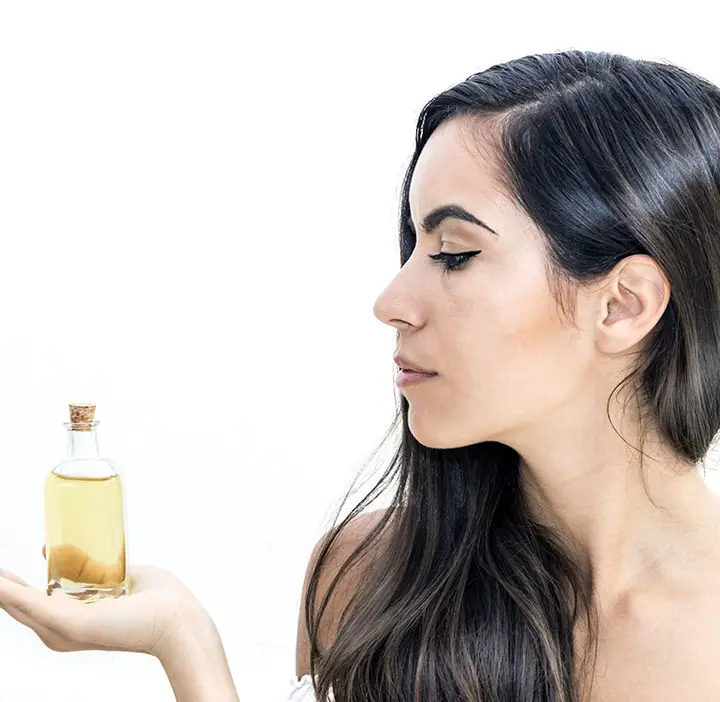
So even if the hair was previously damaged, it’ll still have some moisture left. It’s better if you apply the oil the night before. Then the hair stays more soft and hydrated. After that, move to the next step.
Step 2 of 8: Comb The Hair
Now the next morning, you’ll have to comb your hair. So that if it is tangled, you can de-knot the hair.
The combing should be gentle. And you shouldn’t put any extra pressure on the hair. Because the hair is already soft due to the oil application. So you don’t want to stretch and cause hair fall. To ensure that, divide the whole hair into two sections.
And then comb one section completely, then move to the other one. Lastly, comb the whole hair together. Now move to make the henna pack.
Step 3 of 8: Make The Henna Pack
Here you can use both henna paste or powder. But we highly recommend using henna paste. Because henna powder can stick to the scalp. It will, later on, cause dandruff. So it’s better to use the paste.
Or you can take fresh henna leaves and blend them with some water. Now mix the henna paste with 1 cup of aloe vera gel. Add 1 tablespoon of olive oil and 1 tablespoon of avocado oil. Finally, add 1 teaspoon of honey.
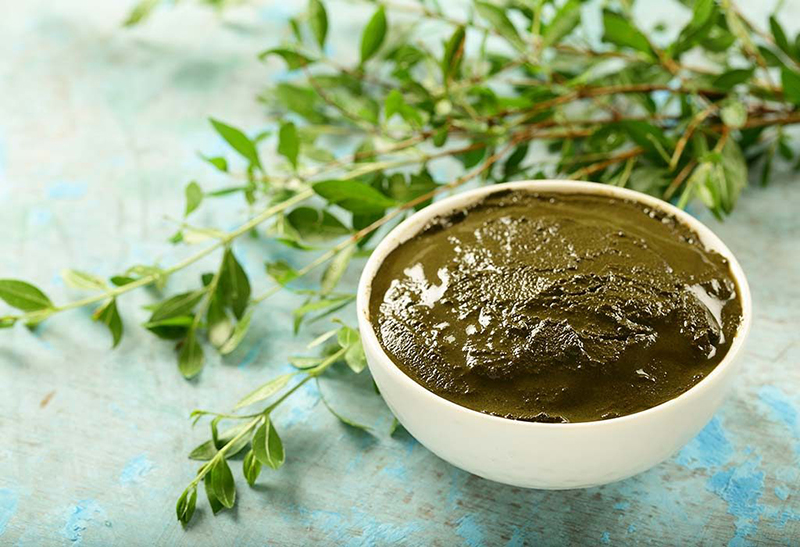
Mix all the ingredients in a blender. After all of this is well combined, it’s time to apply the henna pack.
Step 4 of 8: Apply in Small Sections
Again, divide the whole hair into small 2 inch sections. Then take the pack in your hands. And apply to the sections. You need to wear gloves before applying. Otherwise, your hands will have an orange tint from the henna.

You can also use a brush to apply the pack to your hair. But you’ll need to use your hands a bit later. So it’s better if you wear gloves.
Step 5 of 8: Reapply And Cover The Roots
Now at this stage, reapply the pack to the roots. So that the roots and scalp are covered with henna.
It will ensure that the roots are healthy and strong. And the inner bond of the hair particle is restored by applying the pack to the roots. So when you’re done applying, move to the next step.
Step 6 of 8: Smoothen The Hair
No, we’re not talking about hydrating the hair. By smoothening, we mean something else here. Remember how you applied henna to hair sections?
Well, now pull each of those hair sections. This will stretch the hair sections. And it’ll make sure that the pack is evenly applied to each section. Stretching the hair will make sure that it’s flattened. It will help if you’re trying to make the hair look more straight.
Now, wait for 3 hours. After that, move to the next step.
Step 7 of 8: Wash And Condition
After 3 hours, wash your hair with a normal shampoo. Try to lather while shampooing. Because you have a lot of ingredients in your hair. And you want to wash off all of them.
After shampooing, move to condition the hair. Try to apply a conditioner that claims to make the hair shiny and smooth. Then deep condition the hair. Dry the hair naturally or use a blow dryer for the job.
Step 8 of 8: Apply A Hydrating Serum
Finally, finish the procedure by applying a hydrating serum to the hair. There’s a bunch of hair serums that work well with hair that needs moisture.
Henna sort of makes the hair dry, so a hydrating serum would be the best choice. You can check the following serums. We’ve been using them for a long time now.
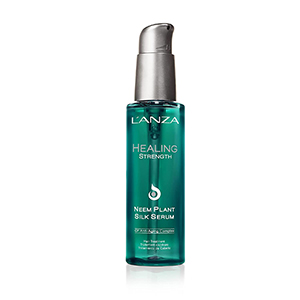
L’ANZA Healing Strength Neem Plant Silk Serum
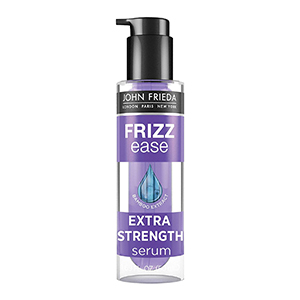
John Frieda Frizz Ease Extra Strength Serum
So get any of the hair serums mentioned above. And start applying it to your hair. And your hair will forget what frizziness was. So that was the process to apply henna at home.
How to Make Alternative Protein Treatment?[Natural Ingredients]
You may want to know how to make a homemade protein treatment. Well, we’ve seen people relying on natural ingredients for two reasons. One is that they’re cheap and give almost the same effect.
Secondly, all the ingredients are natural so there’s not much possibility of damage. And you can have control over the ingredients. Because we hear people complaining about olaplex treatment making their hair dry.
Even some people complain about their hair getting strawy after a protein treatment. So in chemical treatment, there’s a lot that can go wrong. Though the chances of messing up are less if you visit a salon.
But you’ll have to still worry about the expenses and all. So to cut off expenses and have control over the ingredients, it’s best to go for a homemade protein treatment.
Here, we’ll guide you on making your own protein treatment at home.
So take 1 whole egg if you have medium-length hair. Then beat it well with a hand whisk. After that add 2 tablespoons of honey. And mix them together with 1 tablespoon of olive oil. When all the ingredients are well combined, you can apply it from the root to the tips of the hair.
Wrap the hair with plastic. Now, wait for 3 hours. Then wash your hair with a mild shampoo. After that, condition your hair properly. Follow this procedure and you’ll see how your hair has straightened over time.
Do apply this once a week. And the results will be amazing.
Frequently Asked Questions (FAQ)
Can I make homemade protein treatment without egg?
Yes, you can make a homemade protein treatment without an egg. In that case, use 2 tablespoons of mayonnaise. It will work as a protein supplement.
Can I use avocado in my protein treatment?
Yes you can mix 1 whole avocado with 2-3 tablespoons of mayonnaise. Or add avocado with eggs. Then apply to your hair as a protein treatment.
Can I use henna on blonde hair?
We don’t recommend henna on blonde hair. Because henna has an orange to red tint. And after applying, the color will stay on your hair for almost a month. So if you don’t want the tint, avoid henna.
Parting Words
Hey, it’s the end of the article, you won’t have to keep scrolling more. By now you got to know is henna a protein treatment or not.
Here’s another tip. If you think your hair becomes strawy after henna usage, do one thing. Boil henna leaves in water. Then wash your hair with water. Then the bond will be a bit strong. And the hair won’t be too strawy.
If you have confusion regarding these, just leave a comment.
Thank you!
- Crochet Braid Hair Cost: Hope for a Style to Slay!! - January 9, 2024
- Best Braid Pattern For Crochet: Hair-Styling Tips And Tricks - January 3, 2024
- How To Braid Hair For Crochet: Best Hair-Styling Tips! - December 26, 2023

